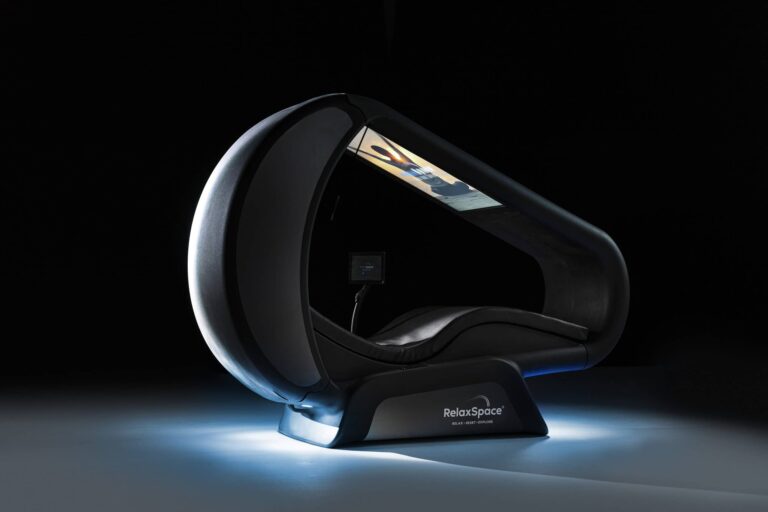When to Worry About Varicose Veins

Alright, let’s talk about when you should start worrying about those varicose veins.
First off, varicose veins are super common. About 35% of Americans have them, so if you’ve got ’em, you’re not alone.
Most of the time, they’re just a cosmetic issue that might make you feel a bit self-conscious at the beach. But sometimes, they can be a sign of something more serious going on.
When Varicose Veins Become a Concern
So, when should you actually start to worry? Well, there are a few key symptoms you should keep an eye out for:
- Pain and discomfort: If your legs are aching, feeling heavy, or you’re getting cramps, especially after sitting or standing for a long time, that’s a red flag. It could mean your veins aren’t working as well as they should.
- Swelling: If your legs, ankles, or feet are swelling up, that’s not great. It might mean fluid is building up because your veins aren’t doing their job properly.
- Skin changes: Keep an eye on the skin around your varicose veins. If it’s changing color (like turning reddish or brownish), feeling rough, itchy, or looking different in any way, that’s something to get checked out.
- Bleeding: This one’s pretty rare, but if your varicose veins start bleeding, even from a small bump, that’s definitely time to see a doctor ASAP.
- Ulcers or open sores: If you notice any sores developing near your ankle or on your leg, especially if they’re not healing well, that’s a big concern.
Why Untreated Varicose Veins Can Be Dangerous
Now, here’s the thing: varicose veins can sometimes lead to more serious conditions if left untreated.
We’re talking about stuff like deep vein thrombosis (DVT), which is a fancy way of saying blood clots in your veins. That’s serious business because those clots can break loose and cause real problems
.There’s also a risk of developing chronic venous insufficiency. That’s when your veins have a hard time sending blood from your legs back to your heart.
It can lead to all sorts of issues like skin changes, swelling, and those ulcers we talked about earlier.
When to See a Doctor: 7 Signs You Shouldn’t Ignore
So, when should you actually go see a doctor? Well, if you’re experiencing any of these symptoms, it’s probably time to make an appointment:
- Severe and continuous leg pain
- Swelling in your legs, ankles, or feet that doesn’t go away
- A feeling of heaviness in your legs that happens often
- Your varicose veins are red, warm, and painful to touch
- You notice any spontaneous bleeding from your veins
- The skin around your veins is itchy, inflamed, or discolored
- You develop any kind of ulcer or open wound on your leg
Now, I’m not trying to freak you out. Most of the time, varicose veins are more annoying than dangerous.
But if you’re nodding your head to any of these symptoms, it’s better to be safe than sorry.
And hey, if you’re in the Sunshine State, you might want to check out a varicose veins doctor in Orlando. They’ve got some great specialists there who can take a look and put your mind at ease.
Remember, catching these things early can make a world of difference. So don’t be shy about getting those legs checked out if something doesn’t feel right. Your future self will thank you!
Treatment Options
Now, don’t panic if you’ve just got some visible veins without any of these symptoms. But it’s always better to be safe than sorry. If you’re worried, go ahead and get checked out by a vein specialist or a vascular surgeon.
Remember, early treatment can make a big difference. There are lots of options these days, from simple things like wearing compression stockings to more advanced treatments like sclerotherapy or laser therapy. Your doctor can help figure out what’s best for you.
Prevention: 5 Tips for Healthy Veins
In the meantime, there are some things you can do to help prevent varicose veins from getting worse:
- Stay active: Regular exercise, especially walking, can help improve circulation.
- Watch your weight: Extra pounds put more pressure on your veins.
- Avoid standing or sitting for long periods: If you have to, take breaks to move around or elevate your legs.
- Elevate your legs: When you’re relaxing, prop those legs up above heart level.
- Don’t cross your legs when sitting: It can restrict blood flow.
Conclusion
Varicose veins are usually not a big deal, but they can sometimes be a sign of underlying issues. If you’re noticing any of these warning signs we talked about, don’t hesitate to get them checked out. Your legs will thank you!




